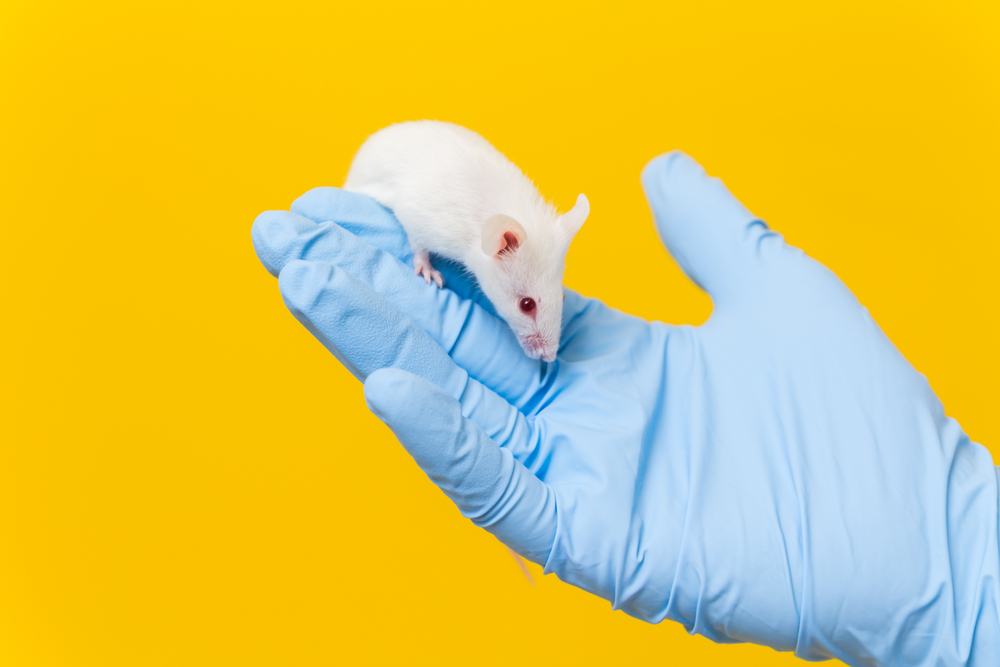Animal Study Shows Gaucher Disease Linked to Progressive Neurological, Behavioral Changes

Understanding the progressive changes associated with Gaucher disease (GD) may provide useful information to develop more effective therapies. In recent research, scientists at Cincinnati Children’s Hospital Medical Center used mice to follow the temporal evolution of neurobehavioral dysfunctions and brain pathology triggered by GD.
The study “Progression of Behavioral and CNS Deficits in a Viable Murine Model of Chronic Neuronopathic Gaucher Disease” was published in the journal PLoS One.
Gaucher disease is caused by mutations in the Gba1 gene, leading to deficient activity of the protein acid β-glucosidase and the toxic accumulation of the lipid glucosylceramide. There are currently two types of treatment approaches for this disease: intravenous enzyme therapy (in which patients receive copies of functional acid β-glucosidase) or oral substrate reduction therapy (patients receive an inhibitor of glucosylceramide production to slow its toxic accumulation). However, there is no known treatment for the neurological disease (nGD), and innovative therapies are still needed.
Several mouse models carrying known Gba1 mutations (such as L444P, R463C, V394L, D409V, or D409H and D409V) have been studied. Although these animals have demonstrated defective acid β-glucosidase activity and symptoms compatible with those seen in human patients, no study has addressed the deterioration of the central nervous system over time associated with GD.
“Comprehensive evaluation [of changes] in a chronic nGD mouse model can provide valuable information because of the progressive nature of the disease, gender differences, and complications arising from hematological and visceral symptoms on [neurological] pathology and behavioral appearance,” the authors wrote.
Researchers used mice carrying the D409V mutation to record biochemical and behavioral changes associated with the progression of nGD. The animals showed a progressive accumulation of glucosylceramide and glucosylsphingosine in the brain as early as 6 and 3 months of age, respectively, as well as increased levels of α-synuclein (the hallmark for Parkinson’s disease). These findings suggest that nGD predisposes the brain for the onset of other neurological disease symptoms.
These mice also developed cognitive deficits and stress. Abnormal motor function and significantly higher liver and spleen-to-body weight ratios were detected in Gaucher mice with different ages of onsets. These two changes were particularly evident in females.
“This study documents a temporal, systematic evaluation on the … behavioral dysfunctions and brain pathogenic abnormalities in [GD] mice, validating it as a chronic nGD mouse model,” the authors wrote.
“The data characterize chronological behavioral and gait profiles in [Gaucher disease] mice from adolescence through maturity to advanced age, and identify the onsets of functional deficits and their interaction with genders. These biochemical, pathological behavioral and gait assessments will provide guidelines for experimental designs to evaluate potential [central nervous system] therapies for the treatment of nGD,” they wrote.



